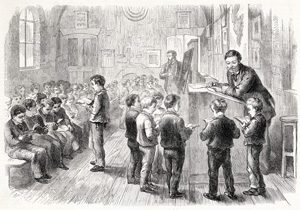
European boys at school in the 1800s
More schools and more scientists
In the first half of the 1800s AD, countries in northern Europe like France and Britain forced other countries to give them food. European armies conquered India, Ghana, Nigeria, Canada, and other places. Europe made those places poorer while Europe got richer.
Enlightenment science
Colonization and empire
African-American slavery
All our Modern Europe articles
That meant that many people in northern Europe could stop farming and get an education. Families sent more boys to school than girls, so most of the educated people were men. This new crowd of scientists built on the work of the Enlightenment and on each others’ work. They figured out a lot of new things about how the world worked.
New medical treatments
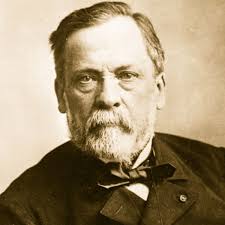
Louis Pasteur, who figured out how to keep germs out of our food
Some of these scientists tried to cure diseases like tuberculosis and cholera and malaria. Men like Louis Pasteur used microscopes and experiments to figure out what germs were and how they spread. He showed the importance of drinking clean water and washing your hands.
What is a microscope?
Why was cholera a problem?
What is malaria?
Electricity and radiation
Other scientists like Friedrich Wohler worked in chemistry. They figured out how atoms combined to make molecules. They learned how to make chemicals in a laboratory. Alessandro Volta built the first electric battery.
History of electricity
Radioactivity
James Maxwell figured out how electricity and magnetism and light related to each other. Scientists like Marie Curie worked with radioactivity and asked what atoms themselves were made of.
Steel and rubber
Scientists also figured out how to make cheap steel. They used rubber from South America to cushion steel parts for machines. With coal and oil, they built the first engines. All kinds of new things came from this: forks and spoons, bicycles, cars, and tractors.
History of steel
Where does rubber come from?
What was coal good for?
Invention of bicycles
Geography and archaeology
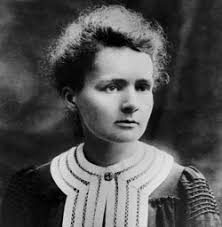
Marie Curie, who worked with radioactivity and invented X-ray machines
As the armies of France, Britain, and Germany travelled around the world forcing people to give them their food, scientists also got a chance to travel around the world with the armies.
Who was Napoleon?
What were the Pyramids?
Many scientists got interested in the new places and people and animals they saw. Geographers and historians travelled to Egypt with Napoleon and saw the Pyramids.
They worked to find out more about ancient Egypt. Franz Bopp realized that the Indian language Sanskrit was related to the other Indo-European languages.
Darwin and evolution
Charles Darwin travelled to the Galapagos Islands. He figured out how evolution worked.
What is evolution?
Meanwhile, most kids in the other countries had to work hard farming and couldn’t go to school. So they couldn’t learn about science or discover new things when they grew up.
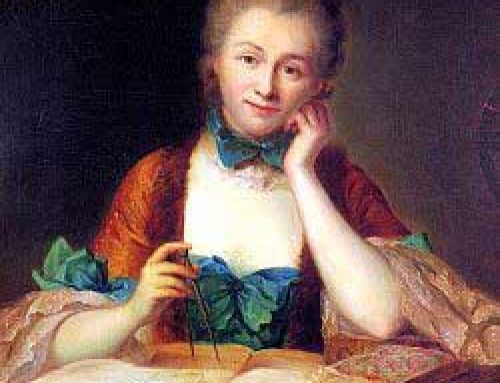

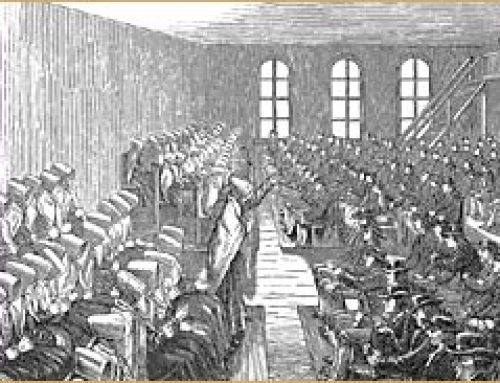
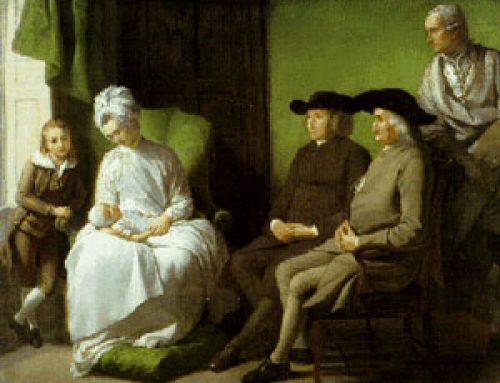

I couldn’t quite grasp whether “taking someone’s food by force in order to apply science” iteration is a cynical subtext.
Um, yeah, I think I would have to admit that it is. Almost not even a subtext, even :)